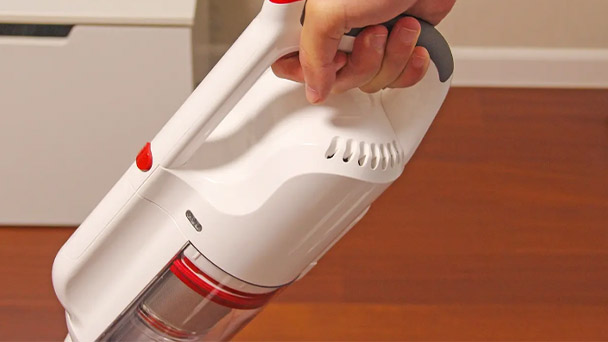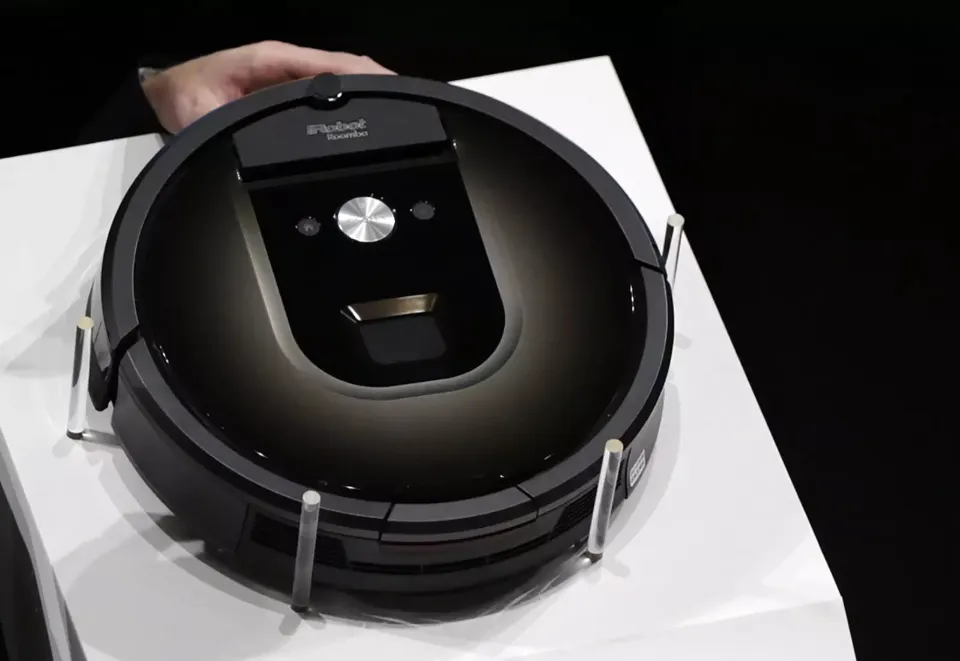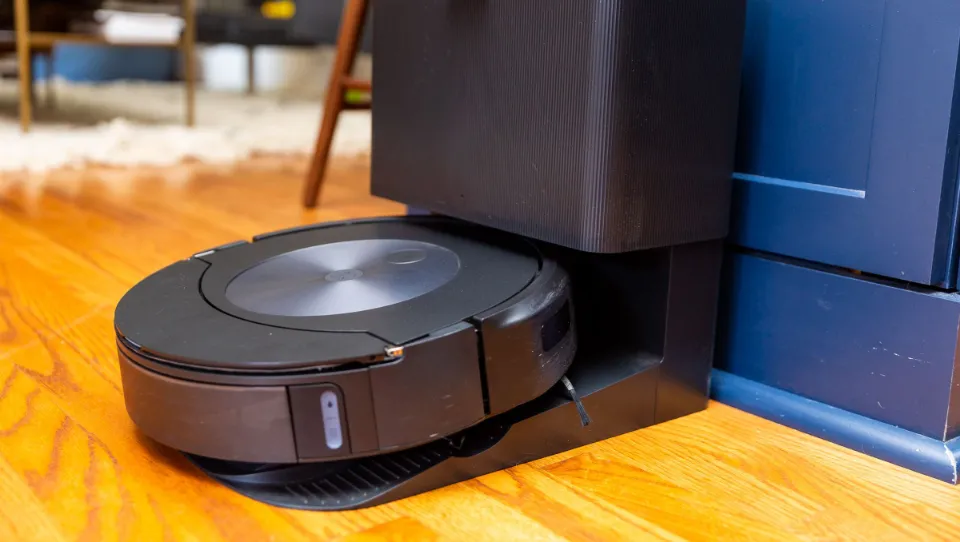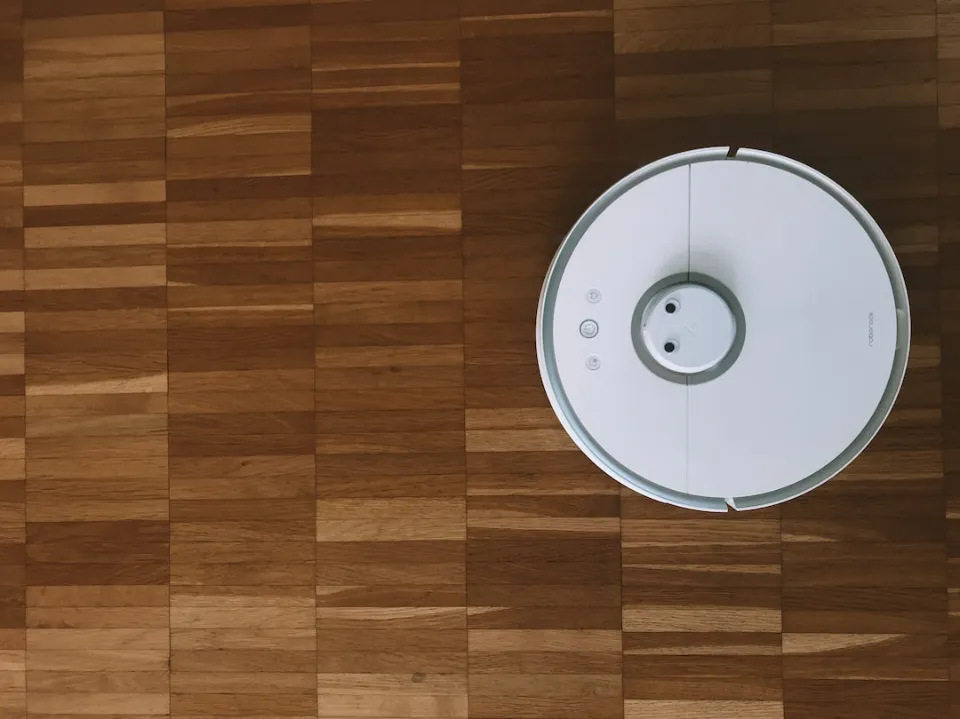The Watts and amperage usage of the vacuum cleaner varies from device to device. Most vacuum cleaners consume between 8 and 12 amperes of current. The standard power consumption of the vacuum cleaner is 1400 watts. However, the vacuum can use any power in the range of 200 watts to 3000 watts. A vacuum is a device used to remove debris from the floor. There are many types of vacuum cleaners. The power consumption of these vacuum cleaners ranges from 450 watts to 2500 watts. A typical vacuum consumes 1400 watts.
How to Calculate Vacuum Watts?
Calculate the energy consumption of the vacuum cleaner as follows: we need to enter the wattage, service hours and cost per kilowatt hour. Watts of vacuum cleaner uses a calculator to provide you with the total energy consumed by the vacuum cleaner. In addition, you can find the power consumption of your vacuum cleaner.
- Wattage
Power consumption of the equipment mentioned in the lamp label (Watts).
- Unit Cost
The average unit cost charged by the power company. Each country has a different tax rate. If you do not know how much utilities charge you per unit or per kilowatt hour, please visit the global tariff for details.
- Unit / Day
The unit of electricity consumed by the load per day, taking into account the number of operating hours entered.
- Usage Time
The number of hours per day that the load is used. The power consumption of the vacuum depends on the wattage and hours of use. The utility company charges you according to the total electric energy (KWH) you consume. The kilowatt hour of vacuum is the product of load power consumption and service hours.
Power Consumption (Watts) of Vacuum
A typical vacuum consumes 1.4kwh of energy per hour. This means that an hour of use may cost you 17 cents. There are various types of vacuum cleaners on the market. Generally speaking, most vacuum cleaners have an electric motor, which can rotate the blower and generate negative pressure in the vacuum cleaner. The pressure in the drum shall be less than the ambient pressure. This creates a suction effect in which air and debris are drawn in.
Choose a vacuum cleaner that has enough functions to meet your needs. Do not purchase oversized cleaners. Clogged filters will reduce the efficiency of the vacuum cleaner. Clean the filter before use.
Factors Required to Calculate the Power Consumption of Vacuum
Although the published wattage is an important indicator of energy consumption, they are only the average values collected under ideal conditions. They can tell you how much energy your vacuum needs if you never turn off the vacuum while cleaning the manufacturer’s test chamber.
If you want to know how much electricity your vacuum cleaner uses every day, you must calculate it yourself.
Before you can deal with these numbers, you need to deal with them first. Ordinary household vacuum cleaners have several different factors that affect their energy requirements.
Most of these factors come from vacuum design, but your house does define one of them.
- Line Current
Household vacuum cleaners must work safely at home. However, most home circuit breakers limit the line current into the home to 15 Amps or 1800 watts.
This limit reduces the risk of electrical spikes, surges and fires and is defined by local housing regulations. Some newer homes have 20 Amp lines, but you’ll never see more than that.
In order to further reduce the risk, most modern circuit breakers usually reduce the wall outlet current to 80% of the maximum load to avoid overheating.
Since 12 is 80% of 15, the operating current of all household vacuum cleaner models is less than 12 amps.
- Motor and Fan
The motor of vacuum cleaner is a key power consuming component. This is also the working principle of the vacuum cleaner. Motor driven fan. In return, the fan drives air through the device, creating a vacuum suction through the nozzle. The speed and size of the motor and fan assembly determines the air flow that picks up dirt, debris, and other dust particles. In order to obtain the correct air flow, the vacuum cleaner motor usually rotates at a high speed of 9000 to 28000 revolutions per minute. These high speeds require 375 to 525 watts of power, which is approximately 1400 to 1500 watts at typical 25 to 35 percent motor efficiency.
- Filter Type and Quantity
The motor is the main electrical equipment of vacuum cleaner, but the motor power is not a factor. Anything that restricts the flow of air through the vacuum will force the motor to work harder and consume more electricity in the process. The most common form of restriction is the air filter. HEPA filters prevent dirt and dust from sticking to motors and other mechanical components. They also prevent pollution and other pollutants from being redistributed back into the air. However, this function is a key factor in restricting airflow through them. Any debris adhering to it will eventually block the air holes through which the air passes, thereby reducing the air flow. In order to maintain the suction, the motor must speed up the fan speed to consume more power. Cleaning the filter will reduce the impact, but will not completely eliminate it, because some are caused by the filter itself. Composite filters usually have small holes, which usually increase air resistance. Therefore, the standard macroporous filter is often a more energy-saving choice.
- Room Size and Working Speed
Because you vacuum your living space, you must also consider the size and number of rooms you are cleaning. Cleaning a large room takes longer than cleaning a small room, so more electricity is needed. This extra power consumption comes in part from the speed at which you move while vacuuming. Some people like to vacuum slowly and easily. Others like to finish the work as quickly as possible at a brisk pace.
Both methods have their own disadvantages. For example, slow and steady may take longer, but a fast pace may require a stronger, more power consuming vacuum setting.
- Other Factors
Other important factors include the type of vacuum cleaner you use and the suction level.
These are easy to understand. Higher suction levels require faster motor speeds and higher energy consumption. In addition, some collection methods require greater sustained suction than others.
How Much Power (Watts) Does the Vacuum Cleaner Consume?
Vacuum cleaner is a common household appliance. It uses an air pump to extract and collect dust and dirt on the surface. These devices vary in shape, size and design, from small portable devices to large industrial machines. Most models are powered through standard power outlets, and a typical upright design consumes approximately 450 to 3000 watts. The most common of these models uses about 1400 watts or about 1.4 kilowatt hours (KWH) of energy per hour.
According to the average power consumption rate, the two-hour dust collection time is expected to consume about 11.2 kW or US $1.45 per month. However, different types of vacuum cleaners consume different amounts of energy, depending on the purpose and duration of the vacuum. The following table lists some typical watts of vacuum.
- Automobile Vacuum
The automobile vacuum is light and easy to carry. It can use automobile batteries. Therefore, they are designed as low-power devices that consume only 100 watts of 8 to 10 amps of current. You may see some higher wattage, but these models usually use an internal battery rather than an external battery. The automobile vacuum is very portable and easy to carry. It is powered by the automobile. Cars are usually filled with dust and small food particles rather than any heavy dirt. Vacuum does not need much energy to pick up light particles on car seats and floors. Since the automobile vacuum cleaner obtains energy from the automobile battery, the vacuum is designed so that its power consumption and power consumption are very low. The average car vacuum uses 8 to 10 amperes of current and consumes 100 watts of energy.
- Household Vacuum
Conventional size household vacuums typically consume only 700 watts per 30 minutes or 1400 watts per day. However, stronger, higher quality brands will consume more electricity than average. However, you will also find some low-power models that consume only 500 watts per session, an average of about 1200 watts per day. Vacuum is a conventional size device. They can clean all kinds of dust and dirt from sofas, floors and carpets. Needless to say, the vacuum consumes enough power and current to generate power to remove any stains and waste. Many brands produce high-quality household vacuum cleaners. For different products, the use of watt and ampere is different. The stronger the vacuum, the higher the utilization of energy and current.
Dyson vacuum consumes 525 watts and 11 amps. In addition, Shark vacuum uses 1200 watts of energy and 10 amps of current in the circuit. Regardless of the brand, the average energy consumption of household vacuum cleaners is 1400 watts. On the other hand, standard household vacuum cleaners use a current range of 8 amps to 12 amps. Since it is not approved by underwriter’s laboratories (UL), the current use of household units does not exceed 12 amps.
Read More:
- Dyson Pet Hair Vacuum Review 2022
- How to Empty a Dyson Vacuum Cleaner-Different Types
- How to Clean A Dyson Vacuum-10 Easy Ways
- Shark Vacuum For Pet Hair Review 2022
- How to Empty Shark Vacuum?
- How To Clean A Shark Vacuum Cleaner
- Industrial Vacuum
Industrial vacuums seem to be similar to household vacuums, but they have greater suction. Therefore, these vacuums require at least 1400 watts of 12 amps of current to operate.
Some newer models may offer lower energy consumption rates, but you will never find a workshop VAC with less than 1000 watts of power.
The energy and current consumption of the workshop vacuum is very similar to that of a household vacuum cleaner. However, they are more powerful because they need to remove heavier stains.
The average vacuum in the workshop uses 12 amperes of current and 1400 watts of power. Few companies can produce workshop vacuum cleaners with very high power and low current and energy consumption.
- Cordless Vacuum
The cordless vacuum consumes only the energy that can be generated by a rechargeable battery. As a result, most models are designed for low power consumption. However, the vacuum charger is what really makes them different. Some chargers consume as much energy as conventional vacuum cleaners, and larger batteries require more power than smaller batteries.
Does the Power Affect the Suction of the Vacuum Cleaner?
Although retailers and vacuum manufacturers like to boast about the wattage of their products, there is no link between power consumption and vacuum performance. A 1440 watt vacuum cleaner will consume about 1.44 kwh of power, but the power output cannot be directly understood only by reading the label. Therefore, the best way to determine the vacuum performance is through air flow and suction. Suction is the power to collect debris as the air stream moves debris through a vacuum to the collection chamber. However, this does not mean that power and suction are not related. Vacuum cleaners with high suction tend to have stronger and faster motors that require a lot of power to work. Therefore, the vacuum cleaner with higher power is always better, but don’t be fooled by the market hype. There are other factors that affect the suction of the vacuum cleaner, such as the design conditions of the filter and nozzle. For example, if the aerodynamic nozzle of a low-power vacuum cleaner exactly matches the accessory, its suction may be very high. So if you don’t have carpets or upholstered furniture, you can usually use a cheap, low-power, 350 Watt vacuum cleaner.
How to Determine the Performance of Vacuum Cleaner?
Fortunately, if you know the air flow through a vacuum, it is easy to calculate the suction or air wattage. Measured in cubic feet per minute (CFM), the airflow tells you the strength of the suction through the vacuum debris container. The vacuum air flow comes from the friction in the exhaust and the power of the motor, usually in the range of 50 to 100 CFM. Its correlation coefficient with suction is 0.117254. Therefore, you can multiply this number by the airflow in the CFM to see how much suction the vacuum has.
Vacuum Watts FAQ
- What is the highest amperage and highest wattage vacuum cleaner?
The maximum amperage of the vacuum cleaner is 12 amperes. There are no vacuum cleaners that consume more than 12 amperes because they are not approved. This ensures that the vacuum cleaner will not have any accidents due to high current consumption.
Similarly, the maximum power consumed by the vacuum is 3000 watts. However, such a high-power vacuum cleaner is very rare. The most powerful devices consume about 2400 watts of power.
- The higher the watts, the greater the suction? Is a higher power vacuum better?
Wattage mainly refers to the power used by the vacuum cleaner. The more power consumed, the more power absorbed. Most manufacturers describe suction by the number of watts of vacuum.
Therefore, the higher the power, the better the vacuum. Other factors, such as the design of the motor, the condition of the filter and the design of the nozzle, will also affect the suction of the vacuum cleaner.
- Can you run the vacuum cleaner with a current of 12 amps?
Residential outlets can accommodate appliances that consume 15 to 20 amps of current. Therefore, you can run the vacuum cleaner at 12 amps without any problems. A current of 12 amps ensures that the vacuum cleaner has enough power to remove any rough and hard dirt. That is, even if you like, you can’t get a vacuum cleaner that uses more than 12 amps. This is because for the safety of your house and equipment, the maximum operating current of UL approved vacuum cleaner is 12 amps.
- Will cordless vacuum cleaners use more electricity?
The cordless vacuum cleaner is powered by a rechargeable battery. They’re easier to use because you don’t have to use a vacuum cleaner to pull the rope when you clean the room. Because of wireless technology, you might wonder if they need more electricity. Well, they don’t use more power than vacuum cleaners with wires. They use electricity only when charging the battery. The power consumption of the cordless unit depends on the type and capacity of the battery used. The higher the battery power, the more power the cordless vacuum cleaner uses.
- Can I keep the Dyson vacuum always charged?
If you have a Dyson vacuum cleaner, you must fully charge it before first use and after each cleaning. In this way, you can improve the accuracy of its algorithm. The battery of the device can be permanently charged to ensure that it is fully charged before the next use. Once fully charged, the device will not use any power.
Last Thought
As we have seen in this article, ordinary vacuum cleaners do not cost you much energy, but it is much better to have a high-quality model than to spend money on a new one every few years. Although power and motor strength are good indicators of good vacuum cleaner performance, they are not the real indicators of good vacuum cleaner performance.



